In the ever-changing digital landscape, a good SEO strategy is critical for remaining ahead of the competition in 2025. Search engines are constantly refining their algorithms, focusing on quality content, user experience, and technical excellence. To succeed, businesses must adapt to these changes and employ strategies that enhance rankings while also attracting and retaining customers. This tutorial will go over the important components of a modern SEO plan to help you optimize your website for optimal visibility, increased traffic, and long-term success in the future year.
What Is an SEO Strategy?
An SEO strategy is a plan for creating, optimizing, and promoting content to increase its visibility in search engine results, resulting in increased organic visitors to a website. Keyword research, on-page optimization, technical SEO, and link building are some of the tactics used.
In other words: an SEO strategy is the procedure you follow to increase organic traffic.
Following that, below are the measures to develop an SEO plan in 2025:
- Create a List of Keywords
- Analyze Google’s First Page
- Identify Your Competitors
- Create Something Different or Better
- Optimize For On-Page SEO
- Optimize For Search Intent
- Build Links to Your Page
- Improve and Update Your Content
Create a List of Keywords
Keyword research is typically the first stage in any valid SEO campaign. And what’s the best technique to uncover keywords that your target buyers look for?
Google Suggest.
When you type a keyword into Google’s search area, it will provide a list of suggestions:

These are typically excellent SEO keywords because they come directly from Google. (This suggests you know that people are looking for them). Furthermore, longer keywords (known as “long tail keywords”) are typically less competitive than “short tail” terms.
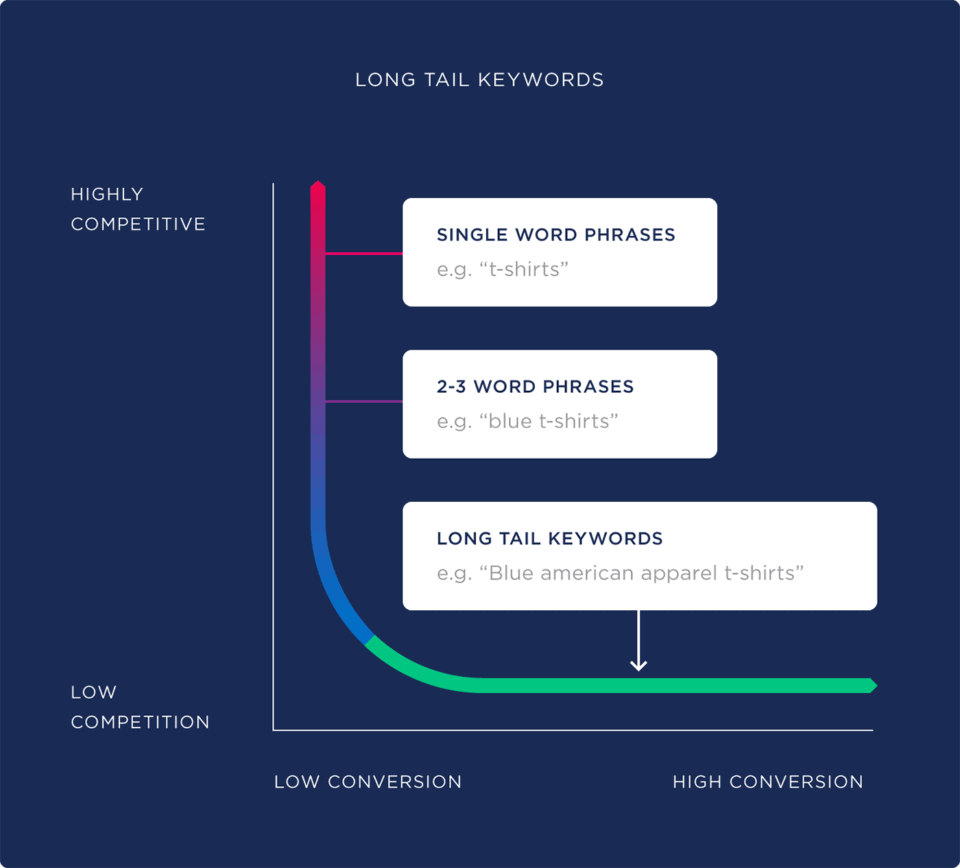
So, despite their low search volume, long tail keywords are considerably easier to rank for. I recommend entering several different keywords into Google until you have a list of roughly ten keywords. If you want to see the search volume and competition levels for certain terms, try a keyword tool like Semrush or Ubersuggest.
Analyze Google’s First Page
Okay, so you found a few keywords. Now it’s time to see who currently ranks for those keywords. Simply type one of the terms (like – SourceFind) you found into Google.
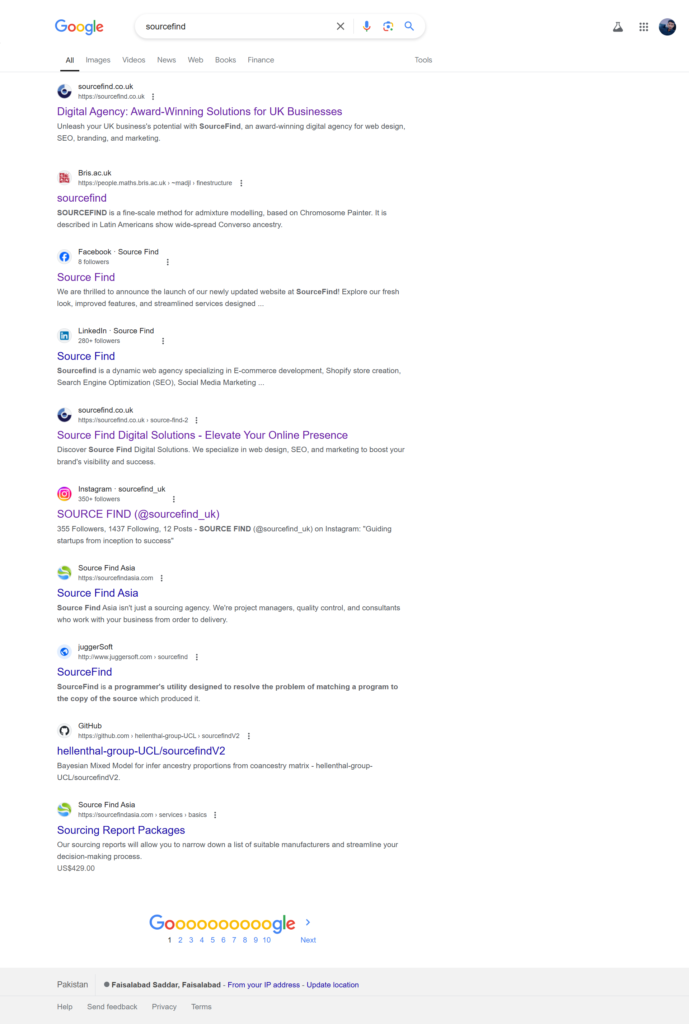
So, if you wish to cover that topic on your website, keep in mind that the first page results are primarily list posts. You’d also probably want to put a list on your blog.
Identify Your Competitors
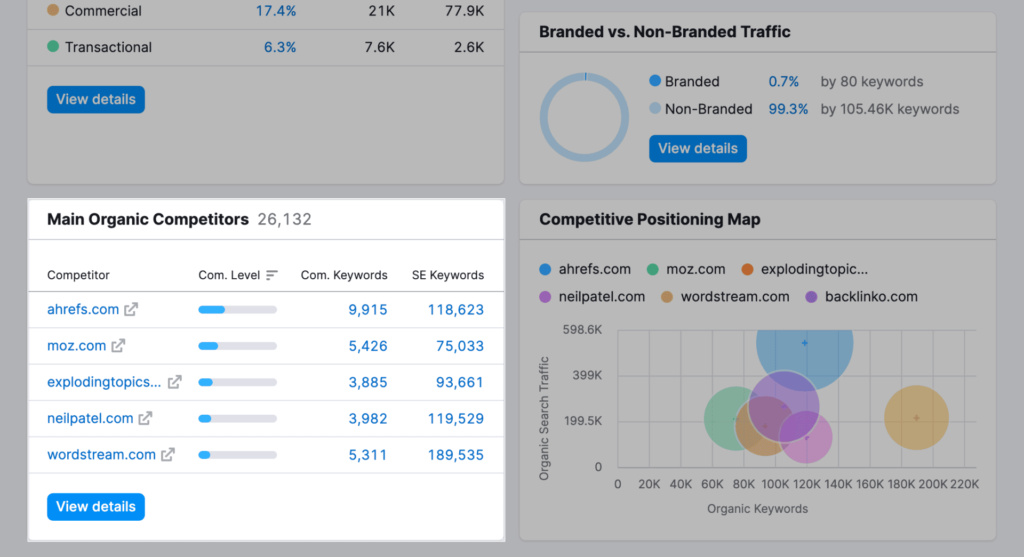
Identifying your competitors is an essential step in developing a strong SEO strategy. Analyzing who you are competing for those search rankings gives you some valuable insights into their strengths, weaknesses, and strategies. Begin by identifying the top-ranking websites by your target keywords. Use a tool such as SEMrush, Ahrefs, or Google Search Console itself to pin-point competitors in your niche. Carry on keen observation over their content, their backlink profiles, and the type of keywords they use to understand what is driving their success. The competitive analysis will refine your strategy, help you find opportunities to outperform them, and carve out your unique position in the market.
Create Something Different or Better
In the competitive online marketplace, creating something different or better is the key to a successful SEO strategy. Rather than mimicking what your competitors are doing, it’s time to deliver value that fills in the gaps not offered by others. This could mean more detailed content, presenting information in an engaging format, such as interactive tools or videos, or servicing topics that are underserved in your niche. Developing quality solution, clear perspective, and an enjoyable user experience can all propel your content to getting more backlinks by innovating and surprising at the same time. More users’ engagement and improvement of your rankings will separate you from others in the search result page.
And most important of all, backlinks:

Optimize For On-Page SEO
Optimizing for on-page SEO is probably one of the biggest steps toward bringing improvement in rankings and thus targeted traffic. Begin with creating interesting title tags and meta descriptions by hooking people’s attention with primary keywords used naturally. The content has to be well-structured with proper usage of headers, like H1, H2, H3, and integrate relevant keywords without overstuffing them. Optimize images with descriptive alt texts and compressed file size, which can improve the loading speed. Never forget that internal linking should guide both visitors and search engines through your site smoothly. Adjust all these elements, and you’d finally get yourself a friendly, SEO trends that rules in 2025.
Internal Link
Internal linking is still functional, yes. But you must do it correctly. In particular, you want to link to pages that require additional authority from high-authority websites.

Optimize For Search Intent
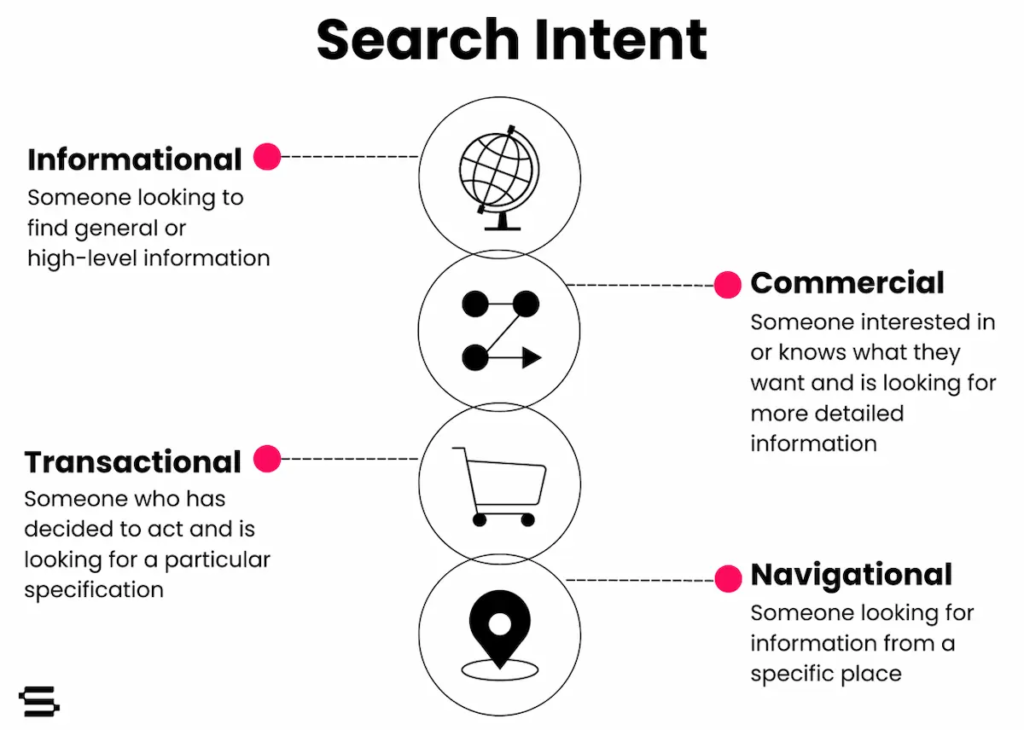
Optimizing for search intent is the key to satisfying both users and search engines. Search intent refers to the purpose behind a user’s query—whether they’re looking for information, comparing options, or ready to make a purchase. To align your content with intent, analyze your target keywords and determine if they indicate informational, navigational, or transactional needs. Then, tailor your content to match. Provide clear, concise answers for informational searches, detailed comparisons for navigational intent, and compelling calls-to-action for transactional queries. Meeting search intent not only improves rankings but also enhances user satisfaction, turning visitors into loyal customers.
Build Links to Your Page
It’s time to actively build links to your content. We’ll specifically focus on three link development tactics that are currently functioning quite well.
Broken Link Building
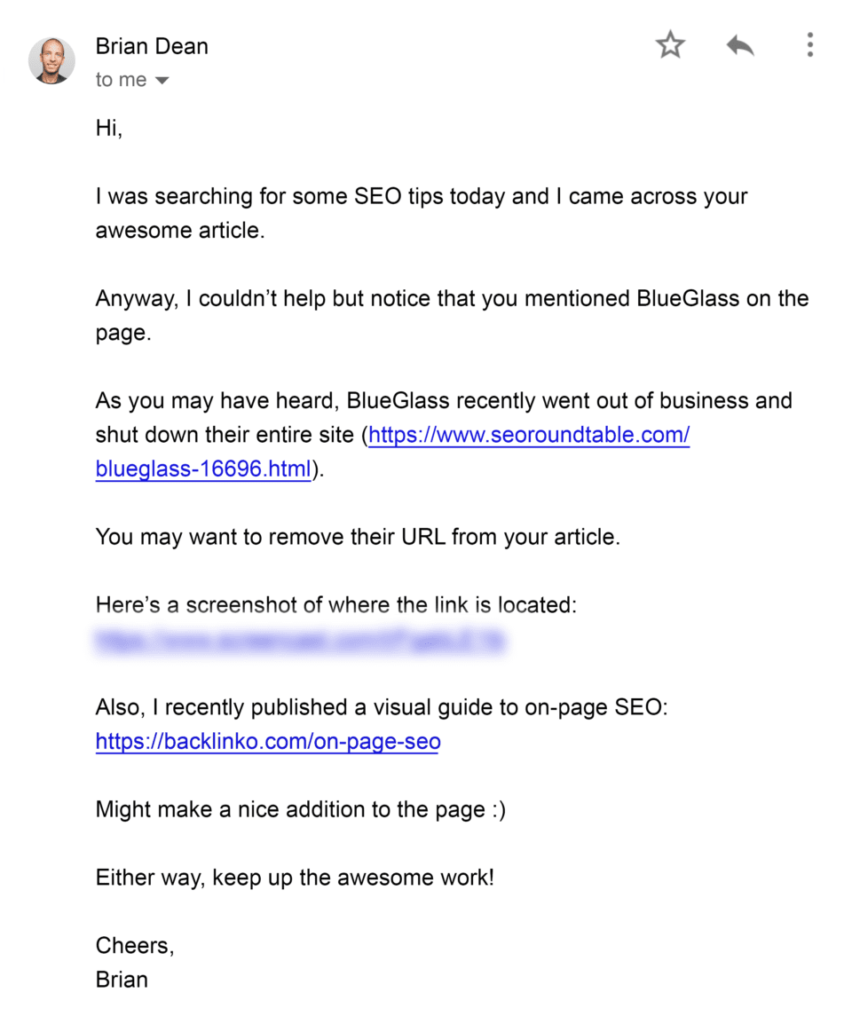
This is where you can find a broken link on someone’s website. Offer your material as a replacement.
Improve and Update Your Content
Regularly improved and updated content is essential in maintaining strong SEO performance and staying relevant. Fresh, accurate, and comprehensive content, especially one that follows the expectations of users, is more favored by search engines. Review your existing pages and identify outdated statistics, broken links, and changes in industry trends. Add new insights or trending keywords while refining the structure to enhance reading and user engagement. Updating your content not only increases its value but also implies to the search engines that your website remains an authoritative source and attracts organic traffic, which would help improve rankings over time.







